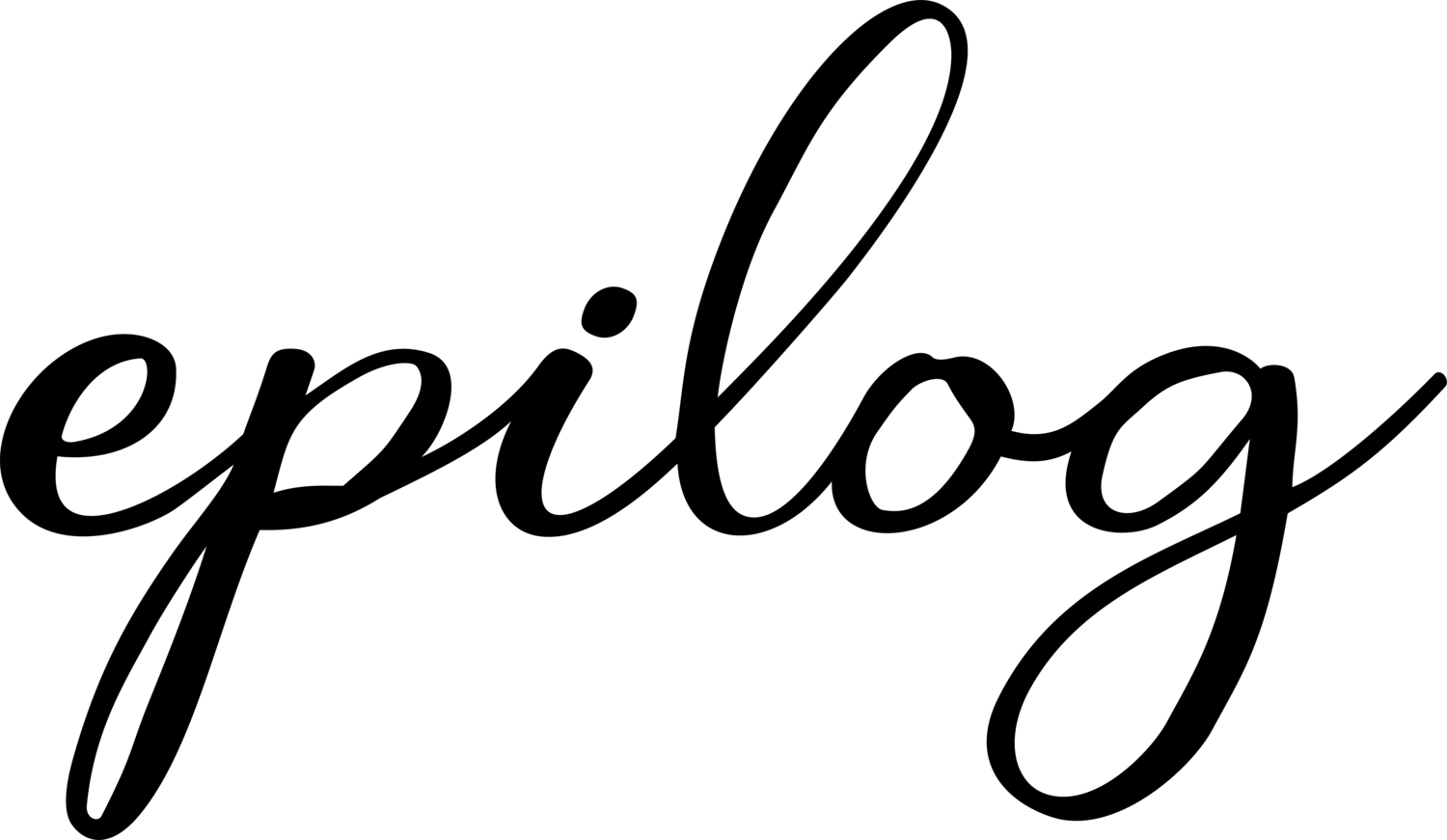These ads don’t really exist, yet they attract crowds – discover FOOH!
You open social media after waking up, scroll, and see that in your city, something incredible is happening on what seemed like a rather unremarkable building – graffiti dynamically changes, telling stories related to local culture, and from the windows of the building, fabulous plants grow at an extraordinary rate, attracting the attention of hundreds of viewers. You start to wonder, "Is this happening for real?" This is Fake Out of Home (FOOH) – a new era of marketing that transforms ordinary public spaces into a spectacle full of technological possibilities.
Marketing never stands still. Just when it seems that digital billboards and flashy online ads are the pinnacle of modernity, Fake Out of Home (FOOH) emerges to turn everything upside down. So, what exactly is FOOH? It’s a fusion of reality and digital magic, combining augmented reality, CGI, and creativity to capture attention, especially from younger audiences who expect innovative and engaging forms of communication.
What is FOOH and how does it actually work?
Fake Out of Home (FOOH) is a new type of outdoor advertising that uses CGI technology to create the illusion of physical ads in public spaces. With mobile devices, users can "see" virtual objects in their social media feeds, which are precisely anchored in reality. In practice, this means a brand can create an animation of a product strolling through the city center or a giant digital sign appearing on a building wall. Crucially, all of this happens without the physical presence of these objects, avoiding costs associated with logistics and redevelopment. By using CGI technology, brands can place literally anything in the urban space, thereby not only drawing attention but also building engagement by encouraging viewers to interact. This is marketing switching to "hyper" mode!
Why Is FOOH the marketing revolution you need to use?
Advances in CGI technology have made FOOH not only possible but increasingly popular. Imagine – you no longer need to spend a fortune on renting advertising space! Instead, every public space can become your virtual canvas for telling incredible stories. What's more, potential customers can view these campaigns on their smartphones, immersing themselves in your world. It offers huge opportunities for targeting and engaging audiences, bringing maximum impact at minimal cost.
Why is it worth investing in FOOH?
1.The "Wow" effect at your fingertips: Traditional billboards stopped drawing attention a long time ago, but a digital trick like FOOH is a whole different story. Introducing elements of surprise and modern technology captures the eyes of passersby and makes campaigns go viral. It’s something we eagerly share on social media – and that means free promotion.
2. Costs? Lower than you think: Compared to classic OOH campaigns, which require renting space, producing materials, and maintaining installations, FOOH minimizes costs. Of course, it requires investment in CGI technology, but in the long run, this pays off with low production costs and broad reach potential.
3. Personalization in a new dimension: Thanks to AR technology, campaigns can be tailored to specific audiences. Imagine a user approaching a virtual store window and seeing an offer customized based on their previous online searches. It’s like merging magic with Big Data – allowing the creation of content that is not only appealing but also precisely meets consumer needs.
FOOH in practice: Impressive examples
Brands worldwide are beginning to use this technology to stand out in the crowded advertising landscape. One example is Maybelline's campaign, which featured eyelashes on a city train using their promoted mascara! These eyelashes became a viral element, and users could view them on their smartphones. This boosted brand awareness and promoted the product in an engaging and impactful way.
Another example is JD Sports' campaign with The North Face, where a virtual North Face jacket appeared on the famous Big Ben. Users could see the jacket floating over London, which created huge buzz on social media. The campaign effectively increased brand interest, encouraging viewers to purchase and experience products in a modern way.
Another example is our campaign for IWC HOME, which focused on combining traditional video with CGI to create dynamic animations announcing the opening of a new store in Berlin. The entire campaign was designed to evoke emotions, engage viewers, and communicate that IWC HOME is now available both offline and online. We achieved all of this while ensuring consistency with the brand’s key visual, fully reflecting its style and image.
Summary: What's next?
There’s no doubt that FOOH is the future of outdoor marketing. In an era when consumer attention is as precious as gold, the key is to create experiences that hold people’s attention for longer. FOOH allows the creation of such interactive, engaging campaigns that deliver a "wow" effect and stay in memory for a long time. Though it sounds like something out of a sci-fi movie, it’s already a reality that brands can use to gain an edge over the competition. The only thing left is to wait for more creative ideas (or create them 😎), which will transform our streets into digital playgrounds full of extraordinary experiences. And who knows, maybe the next time you look at an ordinary bus stop, you’ll see something you’ve never seen before? That’s the power of FOOH – a revolution that changes how we view the world around us.
If you want to get ahead of the competition and take your advertising campaigns into the future, Fake Out of Home is the perfect opportunity to stand out. Imagine your brand becoming the topic of conversation – at work, at school, on the street. Contact us to find out how we, at Epilog Studio, can help you realize your dream of a virtual spectacle in public space that will impress everyone who sees it!


